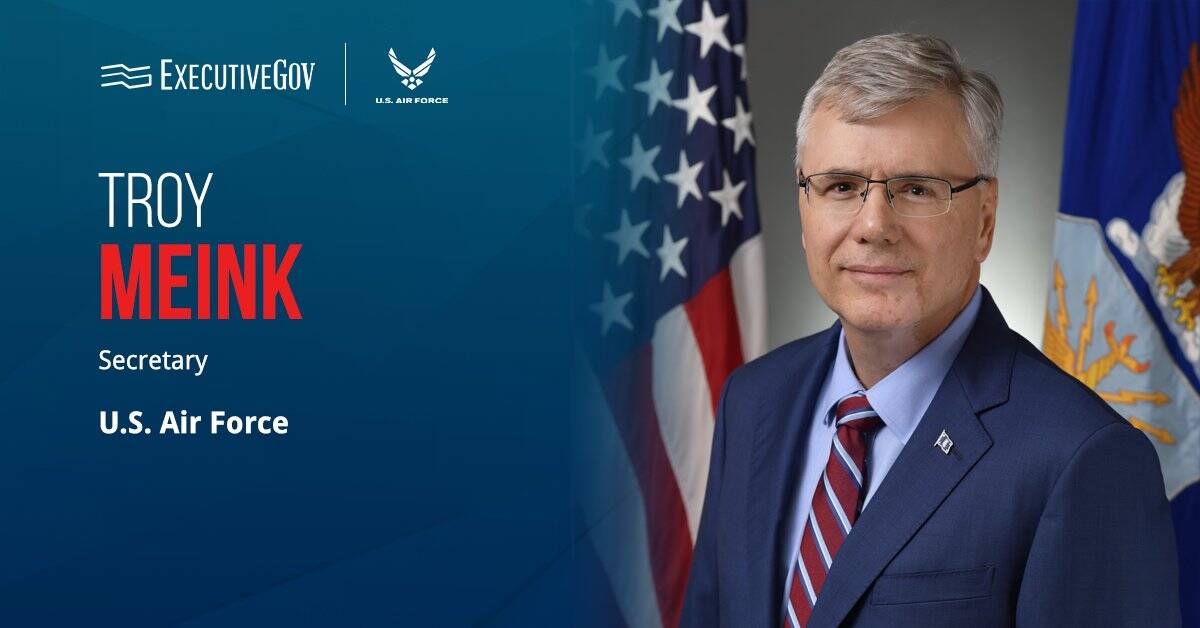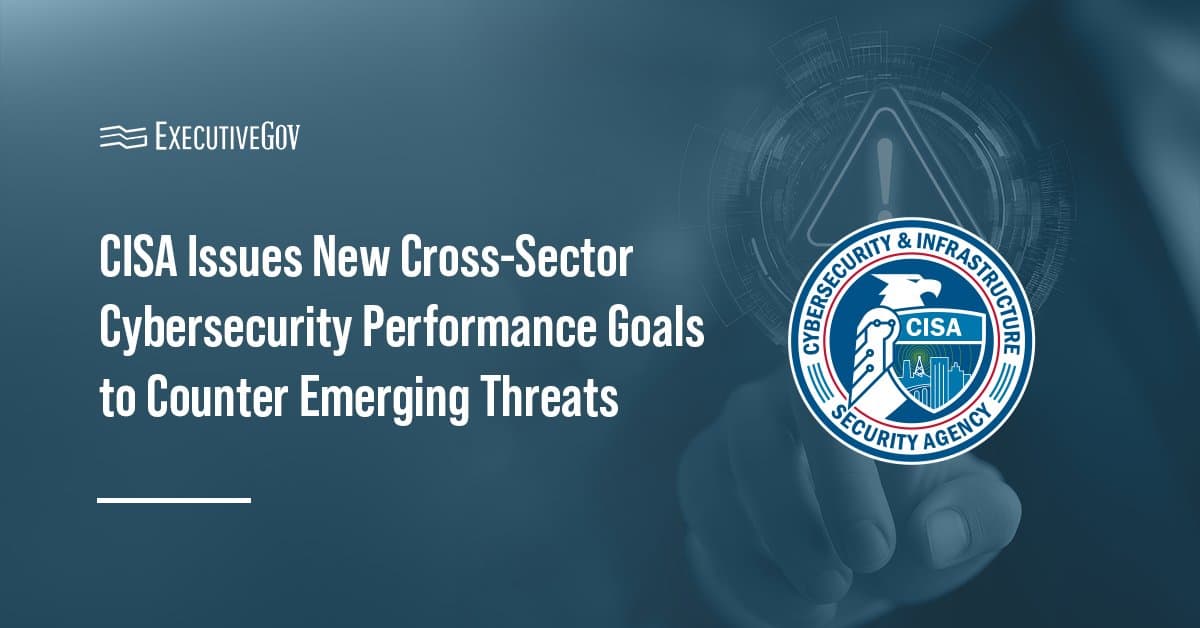
Deputy U.S. Chief Technology Officer Michael Kratsios has said the federal government wants agencies to collaborate with companies and academic organizations on artificial intelligence research and development efforts, FedScoop reported Tuesday.
“The federal government spends about $150-plus billion a year on R&D and it’s critical that we prioritize AI as a research area,†Kratsios told audience at a U.S. Chamber of Commerce-hosted AI summit held Tuesday.
He added that the government should leverage national laboratories and offer research funds to encourage colleges or universities study AI technology concepts.





